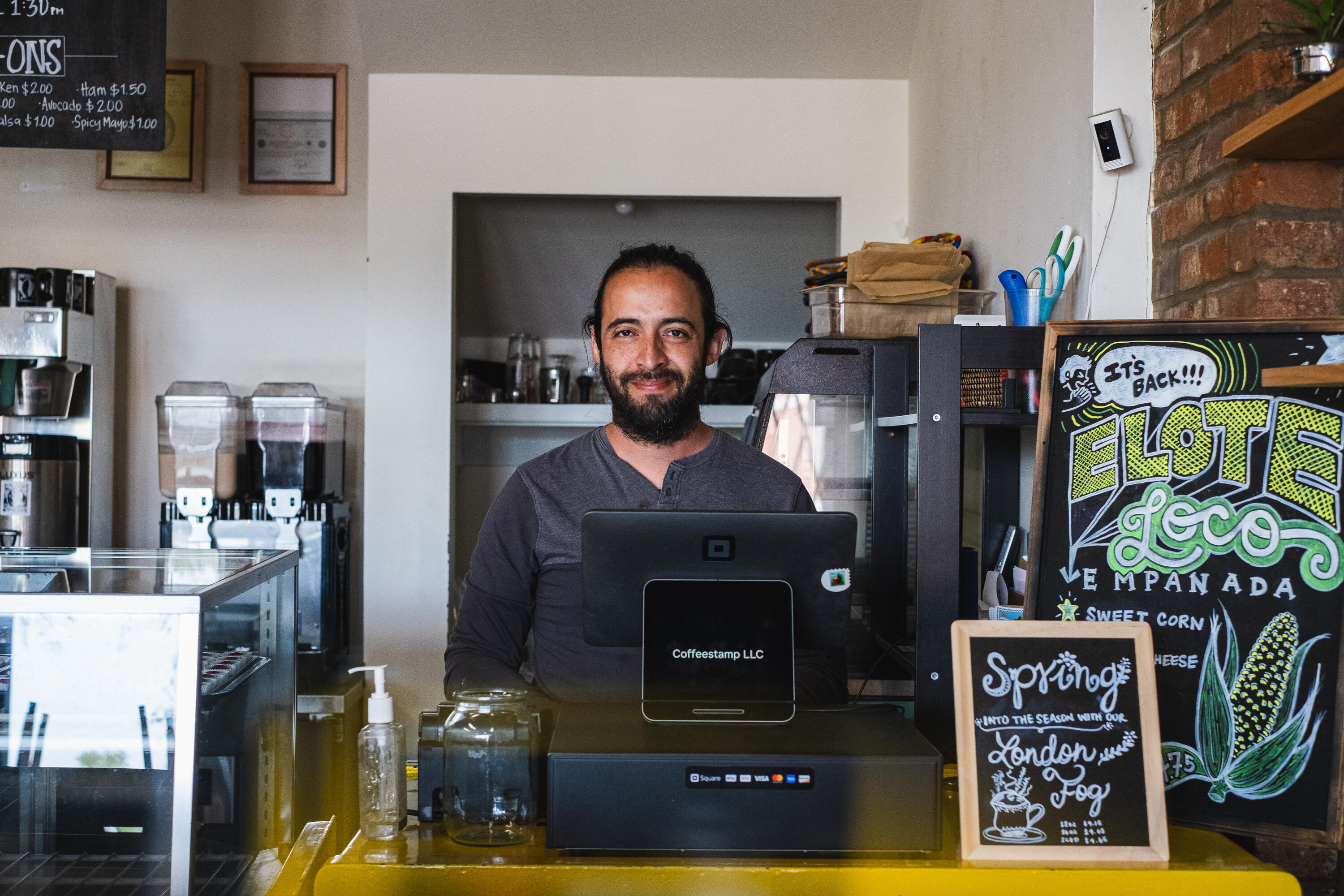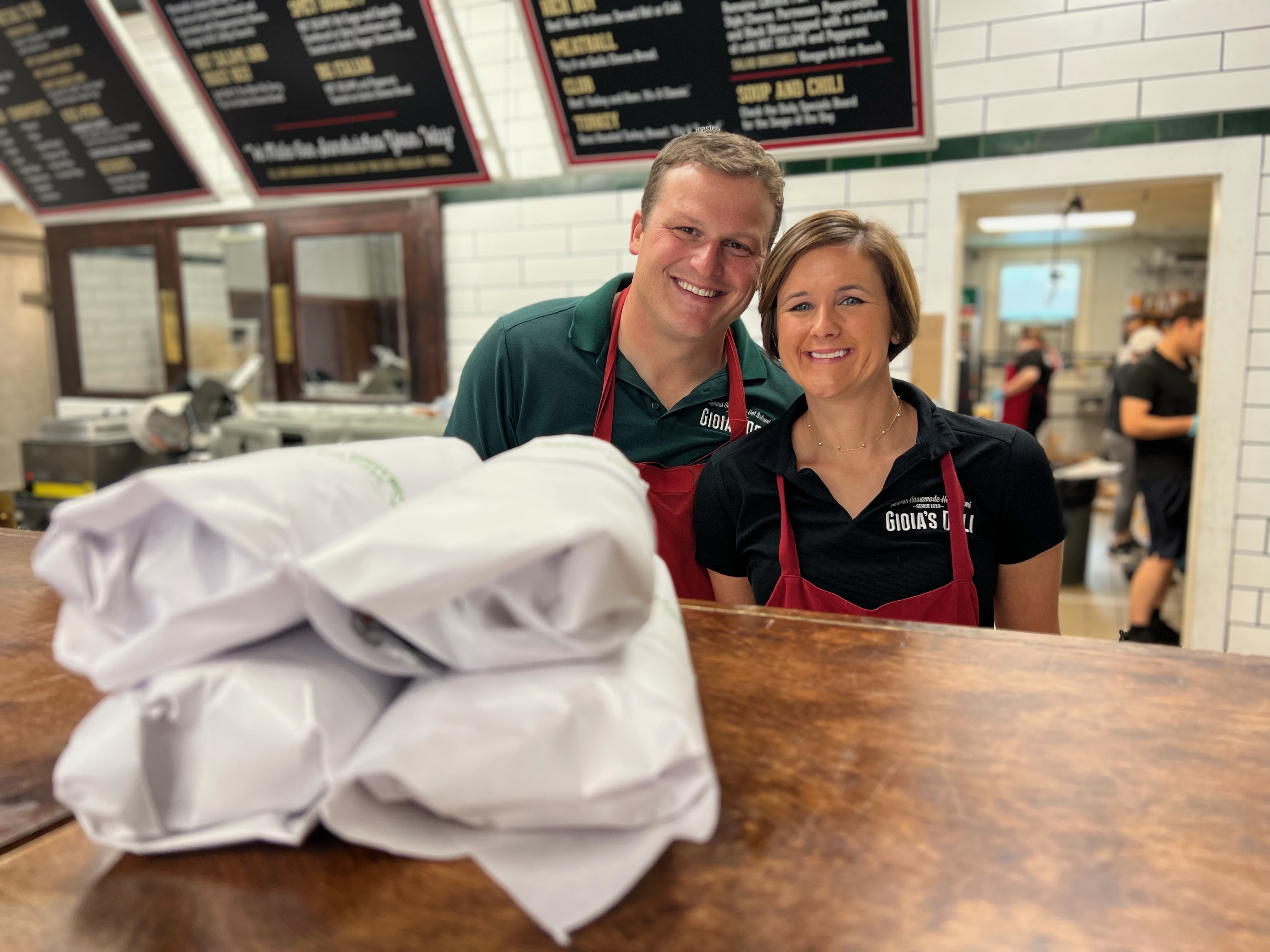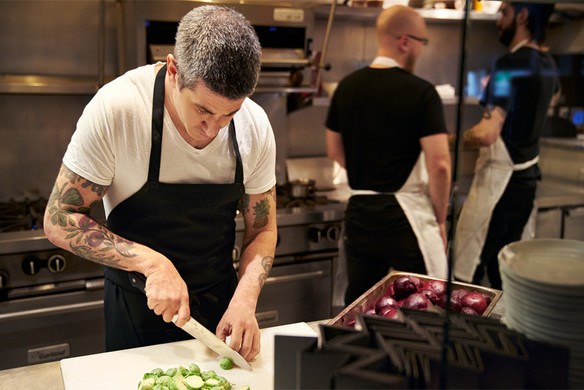Table of contents
When most people think about a restaurant, they picture beautifully plated dishes, a warm ambiance, or the friendly waitstaff that makes the dining experience memorable. But behind the scenes lies the heartbeat of every successful restaurant: the back of house.
While customers may never see this part of your restaurant, it has a direct impact on their dining experience. Proper back-of-house management ensures timely service, consistent food quality, and a smooth workflow that supports your front-of-house team, ensuring your guests leave happy and satisfied. Let’s explore what makes up the back of house and how you can manage it to improve your restaurant’s efficiency and overall customer satisfaction.
What is the back of house?
The back of house, also known as BOH, refers to everything behind the scenes in a restaurant that customers typically do not see. It includes the kitchen, dishwashing station, inventory storage, and prep areas. It can also include employee break rooms and any office space you might have. It’s different from the front of house (FOH), which refers to all areas that customers see and interact with, including the dining area, bar, and the staff who directly serve them. In other words, the BOH is where the magic happens. Your chefs, cooks, dishwashers, and kitchen staff operate in this space, making it the heart of your restaurant’s operations.
How to manage your back of house
Managing your back of house efficiently helps give customers a positive experience and ultimately helps your bottom line.
Organize your kitchen to support an efficient workflow
A disorganized kitchen creates confusion and slows down service. The key is to design your BOH for maximum efficiency. A best practice is to divide your kitchen into specific stations —prep, cooking, plating, and dishwashing — and equip each with the tools and ingredients required. For example, your pastry station should have everything from mixing bowls and piping bags to baking pans and spatulas within easy reach.
Next, ensure your kitchen setup is functional by positioning stations next to each other in an order that makes sense. Having the prep station for vegetables next to the line cook who cooks them, for example, can help avoid collisions and minimize time wasted running across the kitchen.
Build a data-backed staffing schedule
Effectively staffing your BOH is just as important as organizing it. Having too few people during peak hours creates stress and delays, while overstaffing during slow periods can balloon your labor costs. The key is to create schedules that align with your restaurant’s needs.
Start by analyzing your sales data to identify busy and slow periods. If you use a Square POS, you can easily find this data in your Dashboard. For example, if Friday evenings are consistently your busiest time, schedule your strongest team members to work that shift. Conversely, assign lighter staffing during weekday afternoons if those are typically quiet.
Using staff management software can make shift scheduling easier. Tools like Square Shifts allow you to build schedules, track time and attendance, and even manage payroll. You get insights into labor costs, helping you optimize your budget without sacrificing service quality. A well-balanced schedule ensures your BOH operates smoothly, no matter the time of day.
Establish clear communication protocols
Without proper communication among BOH staff, mistakes happen, orders get delayed, and tempers flare. Before service begins, a quick meeting with your staff can help align everyone and build team spirit. Use this time to go over menu changes, specials, and expected busy periods. And when problems arise — and they will — make sure there’s a point person to handle them. If your fryer breaks down mid-shift, the sous chef might step in to adjust the menu without disrupting the flow.
During service, clear communication is critical. A call-and-response system can be helpful. When the head chef issues a command, the receiving staff should verbally acknowledge it. This minimizes errors and keeps everyone on the same page.
To manage orders efficiently, invest in a kitchen display system (KDS) to avoid miscommunication. A Square KDS, for example, replaces traditional paper tickets and kitchen printers, allowing you to manage orders on a single screen. Special modifications or dietary requirements are immediately visible, reducing the chances of miscommunication and ensuring smooth service.
Businesses like Bagelshop use Square KDS to manage complex orders and keep everyone on the same page. The team implemented an order routing system where simple orders, like a bagel with cream cheese, are directed to a smaller KDS screen, while more complex orders are processed on a larger KDS screen. This setup ensures that simple orders are processed quickly without being delayed by a backlog of complex orders.
“Our kitchen is so small, and every inch of space is important,” explained Kayla Palma, co-owner of the Bagelshop. “Now we have that one person dedicated to doing that item. I wish we would’ve done it from the beginning,” Palmer explained.
Improve collaboration between the FOH and BOH
Communication shouldn’t stop among BOH staff. Every employee on your staff affects how customers perceive your restaurant. Communication between front-of-house and back-of-house staff ensures both areas of your restaurant run smoothly.
Organizing group training with your front- and back-of-house staff helps everyone operate under the same rules and guidelines. Let both sides of the house see what the other does. It also helps the team see how each individual affects the customer experience.
Brothers Patrick and Spencer Clapp use Square for their business, Coffeestamp. The brothers appreciate how fast and easy it is to train employees on the platform. Patrick describes the interface as “clean, easy, and accessible” compared to other tools he’s tried. This was especially important for the coffee shop, as their second location was at Washington University, where they were required to use the college’s system. “You go to the Square screen, and it’s easier to use than a knife,” Patrick Clapp said. “If you go to other POS systems, it’s horrible. It looks like Windows ’98. It’s just very confusing when training new people.”

Communication goes beyond just training. Offering a free meal for staff during work hours helps build camaraderie between employees during breaks when they can talk casually. Employees who are friendly with each other work better together.
Optimize inventory management
Running out of key ingredients can derail service very quickly. That’s why proper inventory management is critical. Consider using inventory management software to track stock levels and get automatic alerts when stocks are low. Weekly inventory checks are essential to identify slow-moving or overstocked items. For instance, if you notice you’re consistently over-ordering an item, adjust your next order accordingly.
Gioia’s Deli, a century-old family-run restaurant, used Square Inventory Management to simplify inventory tracking and modernize operations. “We used to run out of stock every single day, or we’d order way too much product. Our costs were all over the place,” said Amanda Donley, the current co-owner. “Embracing technology and using it in this 106-year-old business is literally what’s changed it.”

Portion control is equally important. Train your staff to follow portion guidelines using tools like digital scales to ensure consistency. This reduces waste and also guarantees that every customer gets the same high-quality experience.
Maintain cleanliness and sanitation
Cleanliness isn’t just about passing inspections. A clean kitchen protects your customers and reputation. You can start with a cleaning schedule that assigns specific tasks for each shift. In the morning, the team can focus on wiping down counters and organizing inventory while the closing crew handles scrubbing floors and sanitizing equipment.
Establish handwashing and glove policies, and place reminders near sinks and prep areas to enforce these habits. And don’t forget deep cleaning. This isn’t a daily task but should happen weekly or bi-weekly for harder-to-reach areas like hoods, vents, and ovens. A spotless kitchen not only complies with regulations but also boosts morale among your staff.
Monitor and improve performance
To truly excel, you need to consistently improve how your BOH operates. And you can only do this by consistently observing your team’s workflow during service. Consider installing cameras or monitoring systems (if appropriate). This can help you spot inefficiencies, like staff crowding one station while another goes unused.
Post-shift meetings can also be helpful. Use them to gather feedback from your team on what went well and what didn’t. And don’t forget to track key metrics like ticket times. If orders consistently take longer than 15 minutes to reach the table, investigate whether prep work or cooking is the bottleneck.
Run an efficient back of house with technology
A smooth running back of house doesn’t happen by accident — it’s the result of careful planning, clear communication, and many smart choices. By organizing your kitchen, nailing your staffing schedules, and optimizing your inventory, you can create an environment that supports your business growth.
While you’re at it, invest in restaurant technology that supports important back-of-house operations and syncs with your front of house. With these strategies and tools in place, your BOH will be ready to handle anything, from the busiest dinner rush to the unexpected hiccups that come with the territory.
![]()











